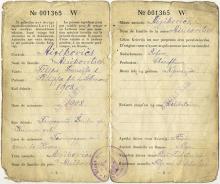Read More...
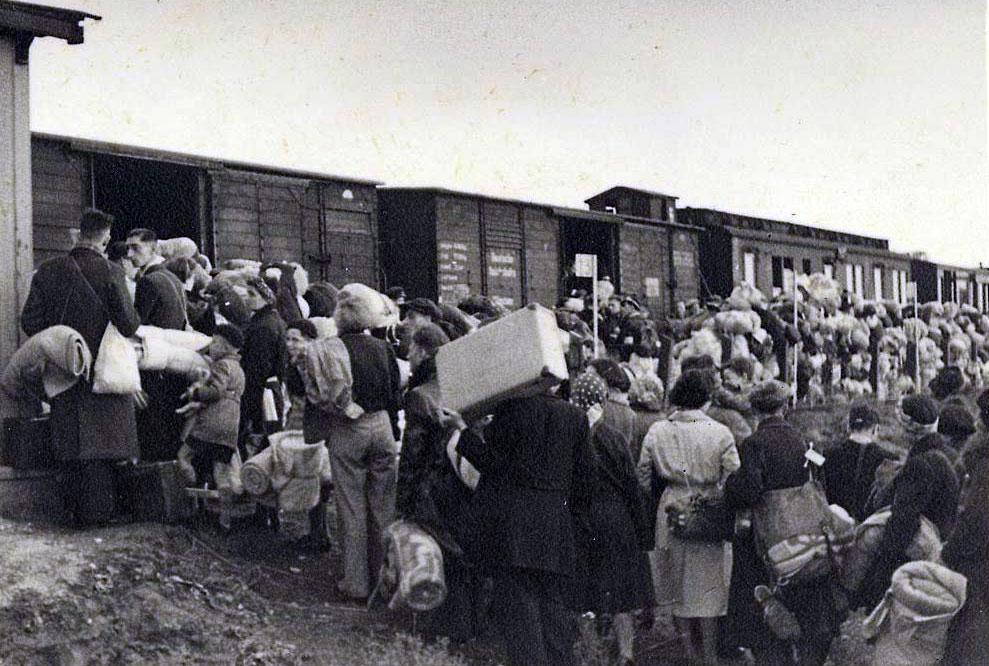
Yad Vashem Photo Archives, FA29/57

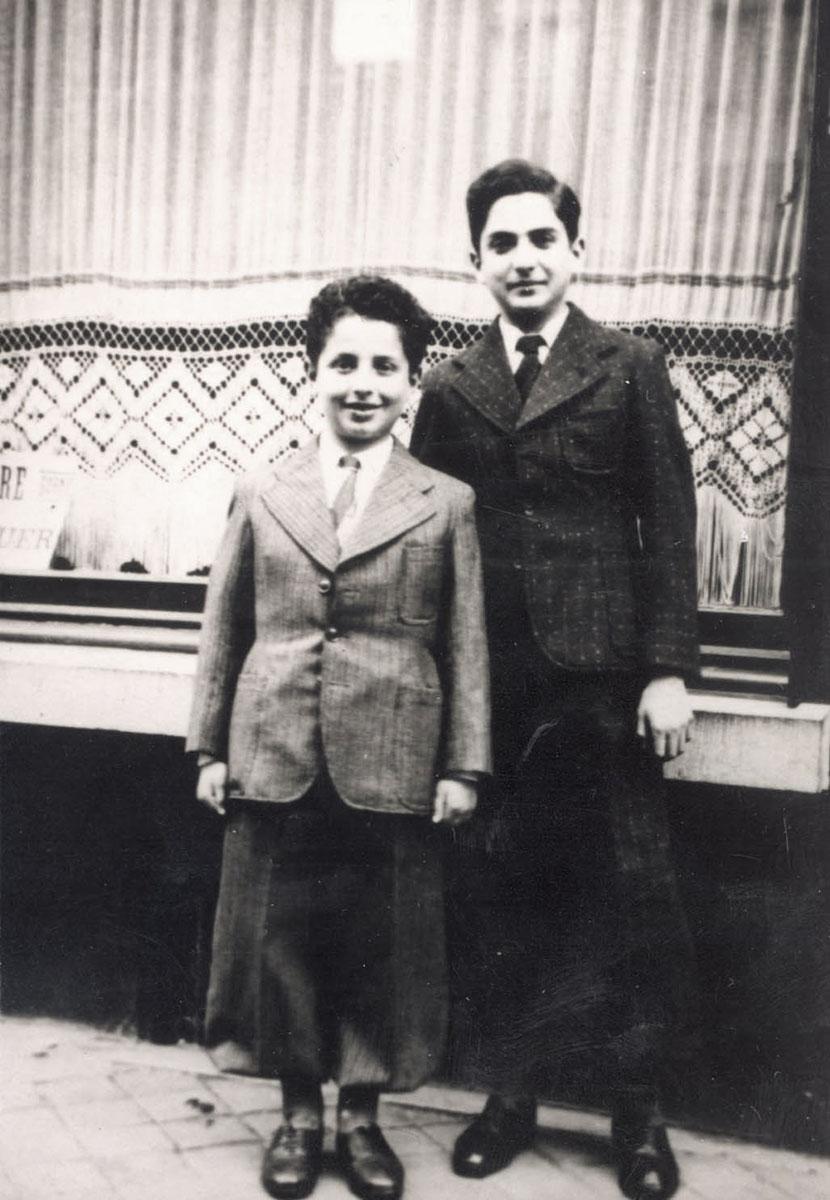
Yad Vashem Photo Archives, 6830/2

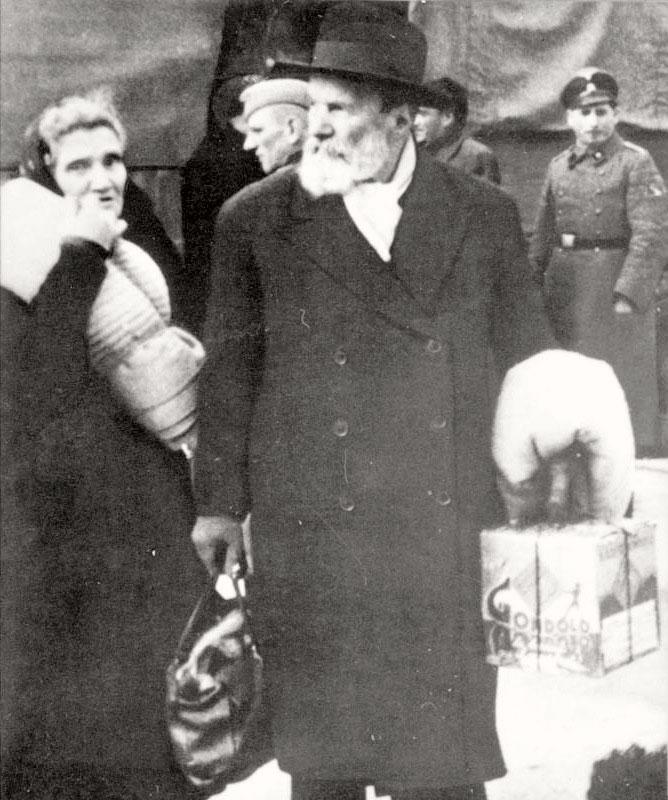
Yad Vashem Photo Archives 4613/343

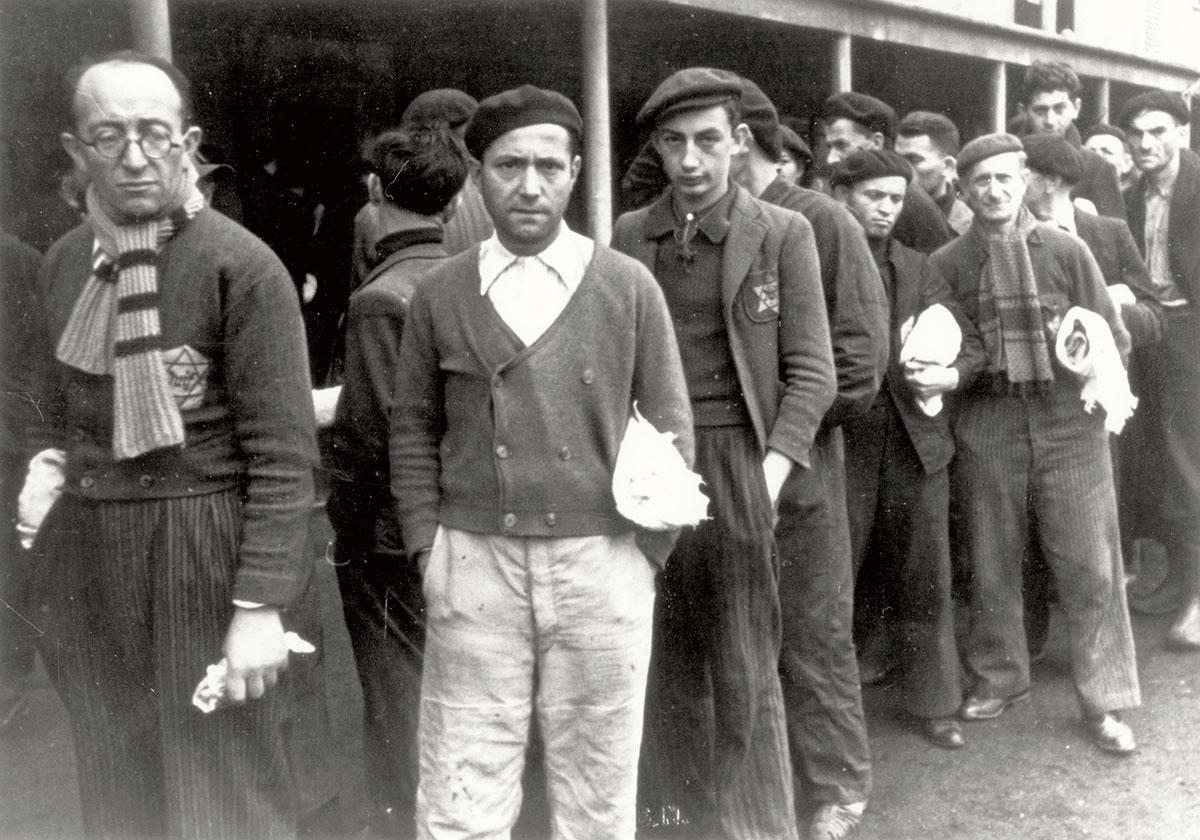
Yad Vashem Photo Archives 5494/22

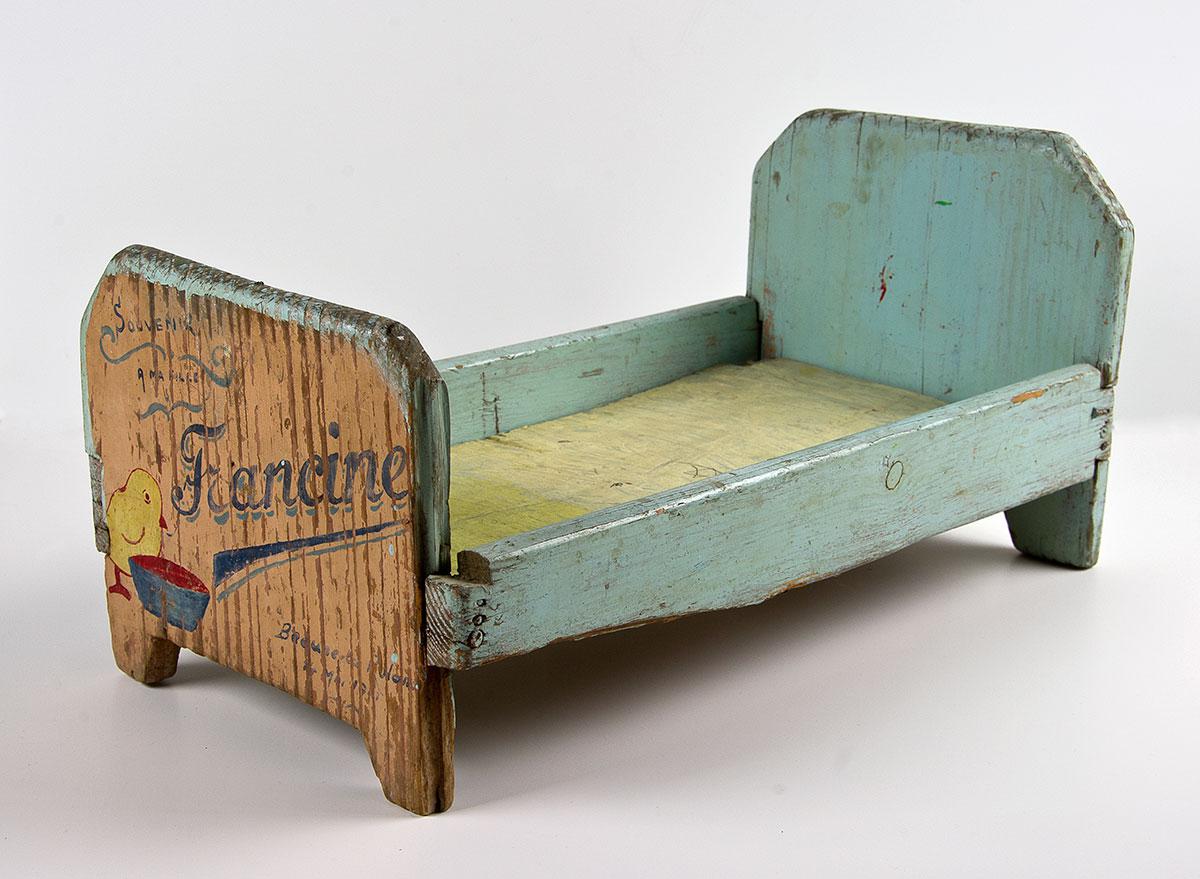
On the cradle he inscribed the address of his house and the date: May 1941.Ycek-Josef Horoncyzk was deported from Drancy to Auschwitz, where he was murdered. His daughter Francine and his wife Perle survived.
Yad Vashem Artifacts Collection
Donated by Francine (Horonczyk) Levy, Rehovot, Israel

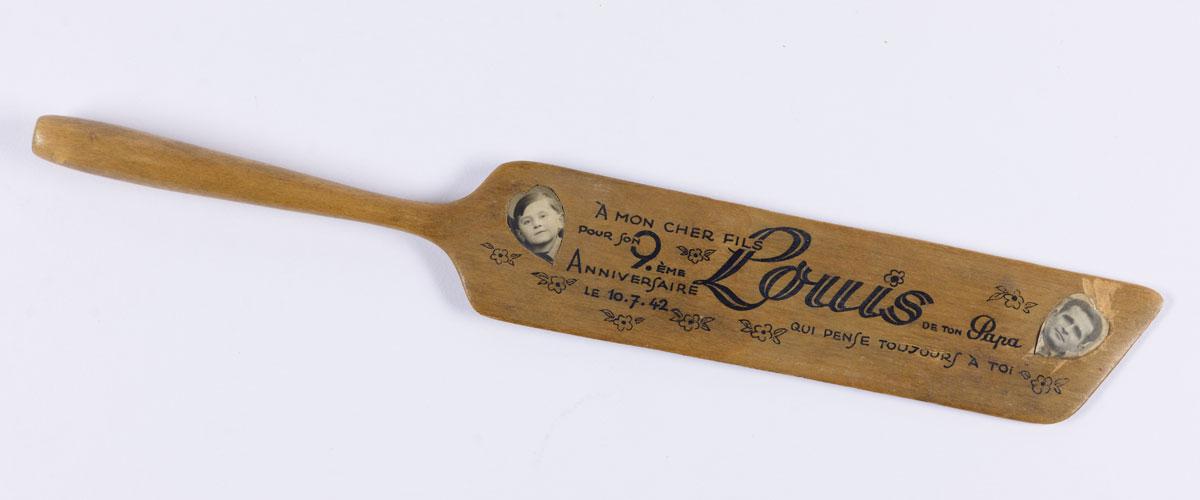
Inscribed on it are the words: "To my dear son Louis on your ninth birthday, from your father, who is always thinking about you, 10/7/42". Louis, his father Simon and his mother Paula were deported to Auschwitz and murdered. Itzhak Schoenberg, the artist who made the letter-opener, was also deported from Pithiviers to Auschwitz and murdered.
Yad Vashem Artifacts Collection
Donated by Klein Family, France

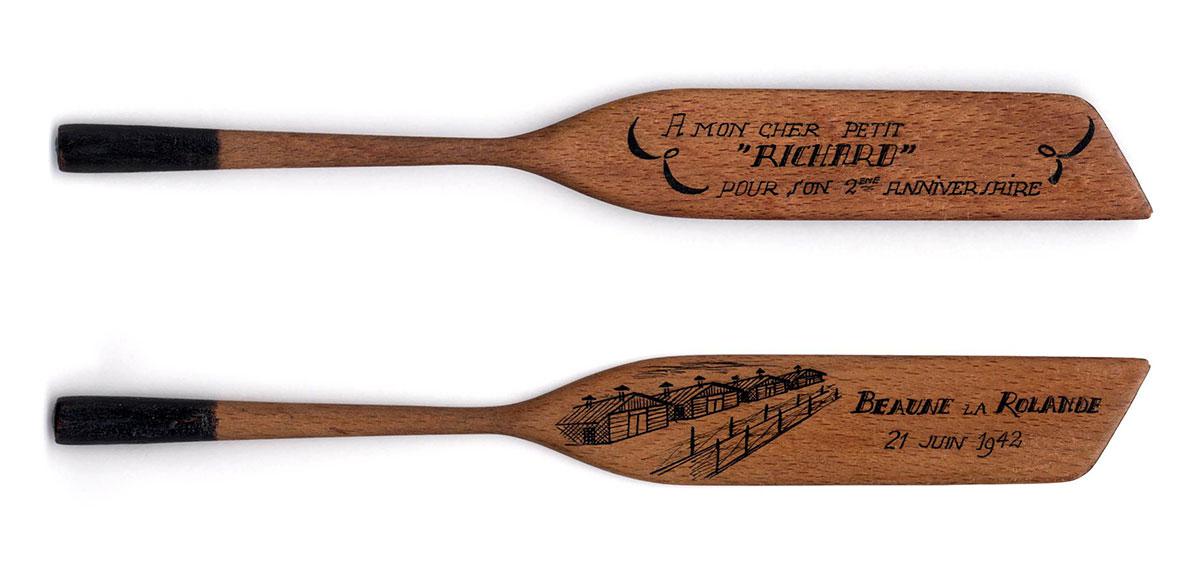
Nissan and his wife Esther Frenkel, and their son Richard, were murdered in Auschwitz.
Yad Vashem Artifacts Collection
Donated by the Friedheim families France and Israel

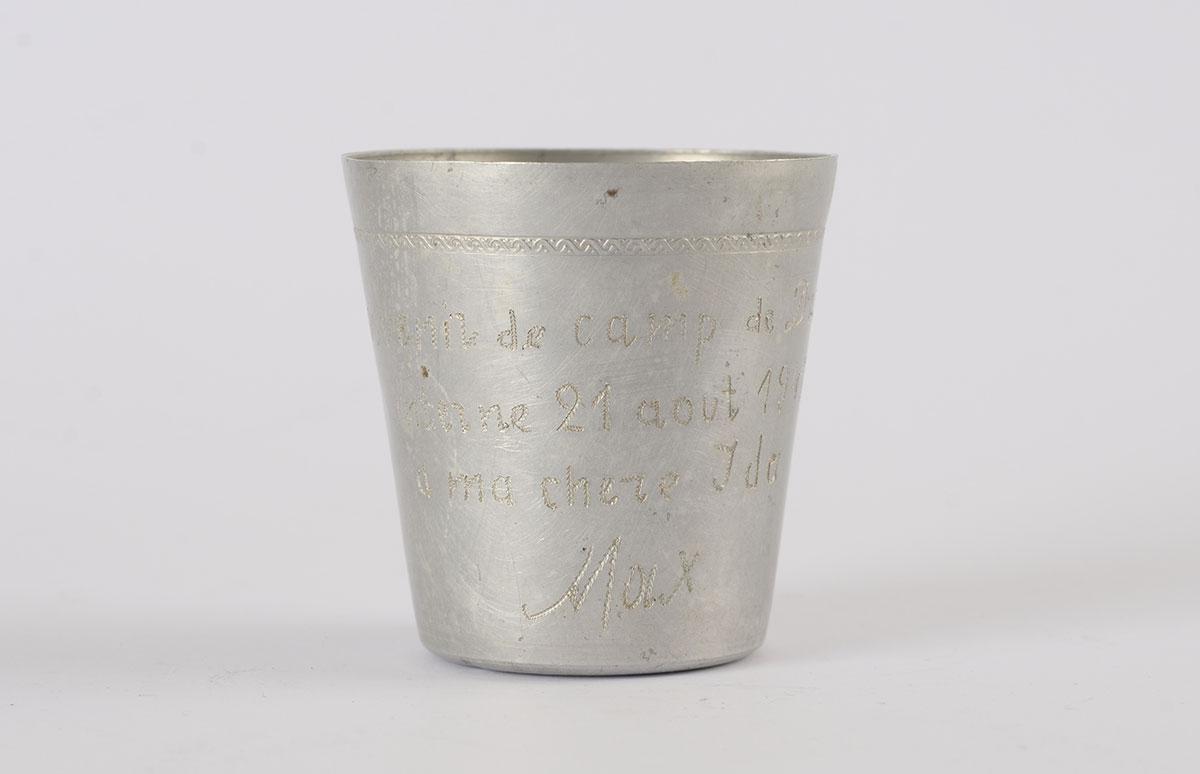
Max was subsequently deported to Auschwitz where he was murdered. Ida Elbaum lived under an assumed identity until France was liberated.
Yad Vashem Artifacts Collection
Donated by Ida Elbaum & the Association of Former Prisoners of Nazism in Israel

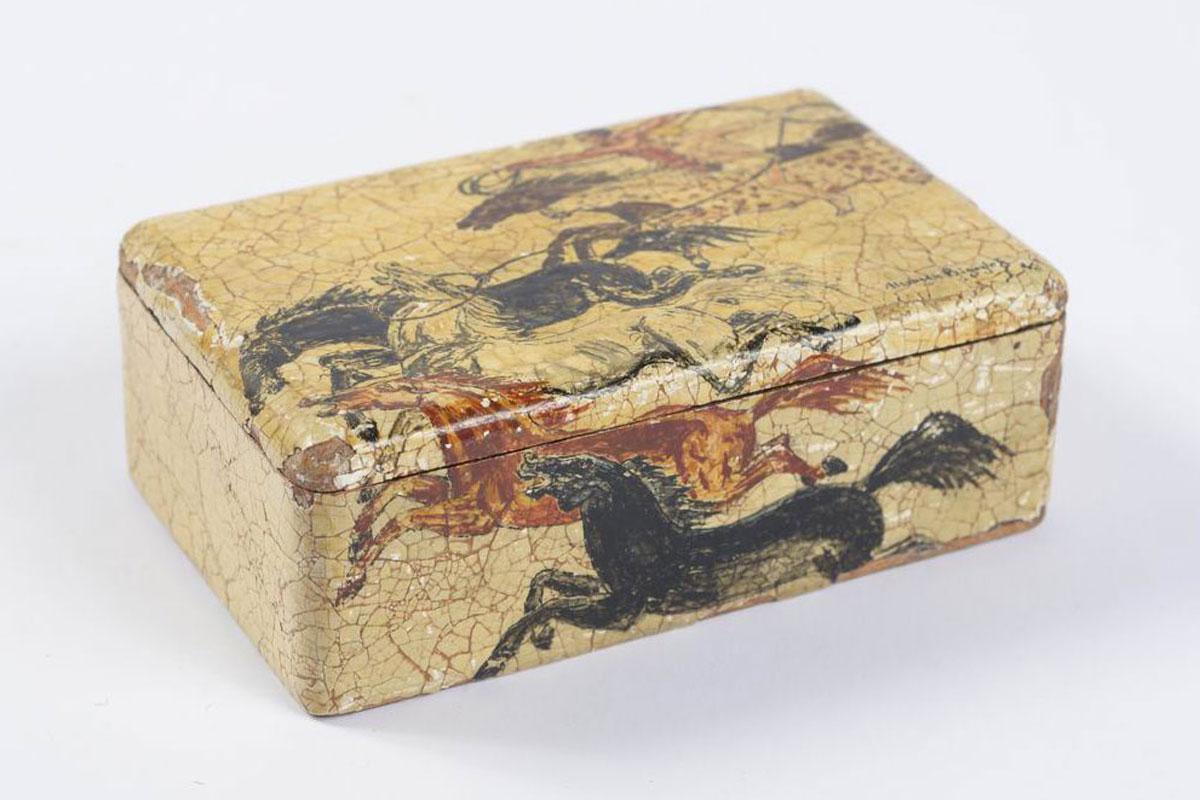
Yad Vashem Artifacts Collection
Donated by Prof. B. Sandler, France

In spring 1942, the Nazis began to deport the Jews of Central and Western Europe to the extermination camps. The deportation operations were run by the Jewish Affairs Department of the SS, commanded by Adolf Eichmann. The procedure was similar in most locations, geared to misleading the victims. Under German command, the local police, such as the Dutch, French and Belgian forces, carried out the deportations.
As they set out to implement their anti-Jewish policy in Western Europe, the Germans acted cautiously, resorting to deceptions and ruses. It was not easy to identify Jews in this part of the continent; most were indistinguishable from the rest of the population in their appearance and way of life. In some western countries, civilians treated the Nazi policy as that of an invading occupier and, in some cases, overtly identified with the persecuted Jews.
Germany
By September 1939, when World War II began, only about half of the 500,000 Jews who had lived in Germany in 1933 remained there. Most of them were elderly. The closure of most Jewish organizations in Germany after the Kristallnacht pogrom dealt a fatal blow to the community’s social and cultural infrastructure. Those Jews who remained were rendered almost penniless. Many had to leave their homes and were concentrated in ‘Jewish Houses’. In 1940, thousands of Jews were deported to Poland and France. By October 1941, Jews in Germany were forced to wear a yellow star, and deportations to ghettos and extermination sites in the east began. Approximately 34,000 German Jews living in the areas under Nazi control during the war survived the Holocaust.
France
The Vichy government’s support for Germany was expressed by its passing of anti-Jewish laws in October 1940 and June 1941 that identified the Jews, isolated them from French society, denied them their livelihoods, incarcerated many of them and registered their names with the police. In July 1941 the Vichy regime began the massive confiscation of Jewish property, including businesses and buildings.
Between summer 1942 and summer 1944 the French government’s bureaucratic authority applied in practice to the entire country, even after the Germans took control over all of France in November 1942. The Germans received much assistance from the French in carrying out their plans. In April 1942 Pierre Laval was appointed the head of the government. Laval espoused complete cooperation with the Germans, and in May Louis Darquier de Pellepoix was appointed the head of the Office for Jewish Affairs in France. He worked together with the Nazis in deporting the Jews of France to the death camps. Between 1942 and summer 1944 approximately 76,000 of France’s 330,000 Jews were deported to Auschwitz, including many children.
Belgium
In Belgium, the concentration of Jews began in July 1942 at the Malines (Mechelen) transit camp. “Asocial elements” and foreign nationals were rounded up first; they were deported to Auschwitz in August. The deportation of Jews who held Belgian citizenship was suspended for a year due to the intervention of Queen Mother Elizabeth and others. In September 1943, however, deportations to Auschwitz included Belgian-born Jews as well. The deportations continued even after the Allied landing in Normandy; one of those in the last transport, which left in the summer of 1944, was the German-born painter Felix Nussbaum. Approximately 29,000 out of 65,000 Jews in Belgium perished during the Holocaust.
Holland
At the end of 1941 the German authorities informed the Jewish Council (Joodse Raad) about the opening of labor camps to which the Jews would be sent in an attempt to mask the preparations for their deportation. In January 1942 the deportation of Dutch Jews from their homes began. They were primarily sent from the coastal strip to Amsterdam, to the Westerbork camp. From January 1943 the Dutch Jews were also deported to a new camp by the town of Vught. In July 1942 the deportation of Dutch Jews from Westerbork to Auschwitz began, under the cover of being sent to labor camps in Germany. Most of the Dutch municipal administration, rail workers and police assisted in the deportation of the Jews to their deaths. The final deportations from Holland departed in September 1944 with Jews bound for Auschwitz, Theresienstadt and Bergen-Belsen. Approximately 107,000 out of 140,000 Jews in Holland perished – about 80% of all the Jews living in Holland at the time of the German occupation.
Italy
After the Italian surrender in September 1943, Italian Jews living in the areas occupied by the Germans were included in the scope of the racial laws. From September 1943 to January 1944 at least 3,110 Jews were deported to Auschwitz, of whom 2,224 were murdered. Another 4,056 Jews were deported between February and December 1944. Approximately 12,000 of the 44,500 Jews living in Italy at the time of the German occupation were deported to Auschwitz.
Norway
Some 1,700 Jews were living in Norway when the Germans invaded in April 1940. In June 1941, with the German invasion of the Soviet Union, many Jews were arrested in Northern Norway. In October 1942 mass arrests of all Norwegian Jewry began. 763 Norwegian Jews were sent to the death camps, of whom 739 were murdered, primarily in Auschwitz. Another 23 Norwegian Jews perished in Norway itself. Approximately 900 Jews escaped to Sweden with the assistance of the Norwegian underground.
Denmark
Approximately 8,000 Jews were living in Denmark when the Germans invaded in April 1940; approximately 1,500 were foreign immigrants not possessing Danish citizenship. The Germans delayed the implementation of the Final Solution in Denmark, both to maintain their relations with the Danish government and due to the small number of Jews living in Denmark. On October 1, 1943, the Germans began arresting Jews. Many Danes from all sectors of society helped the Jews to hide and escape by boat to Sweden. Within three weeks some 7,200 Jews had been transferred to Sweden. Almost 500 Jews were caught and deported to Theresienstadt. Thanks to pressure from the Danish government the Jews of Denmark were not deported from Theresienstadt to Auschwitz, and were returned to Denmark before the end of the war. The Danes’ resistance to the discrimination and confinement of the Jews, the rescue of the Jews by smuggling them to Sweden, and the protection of those deported to Theresienstadt are all expressions of exceptional civic and moral responsibility during the Holocaust.








